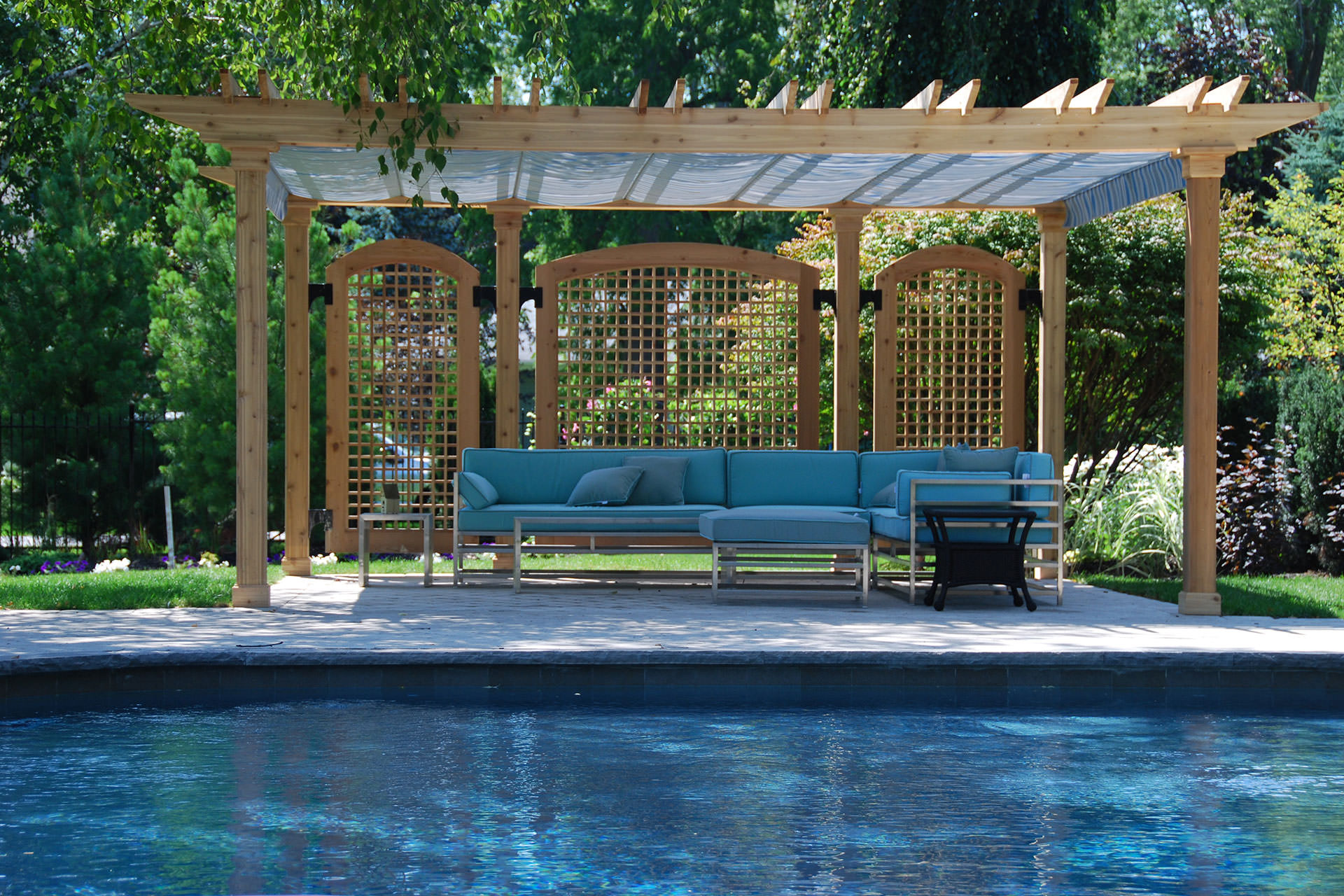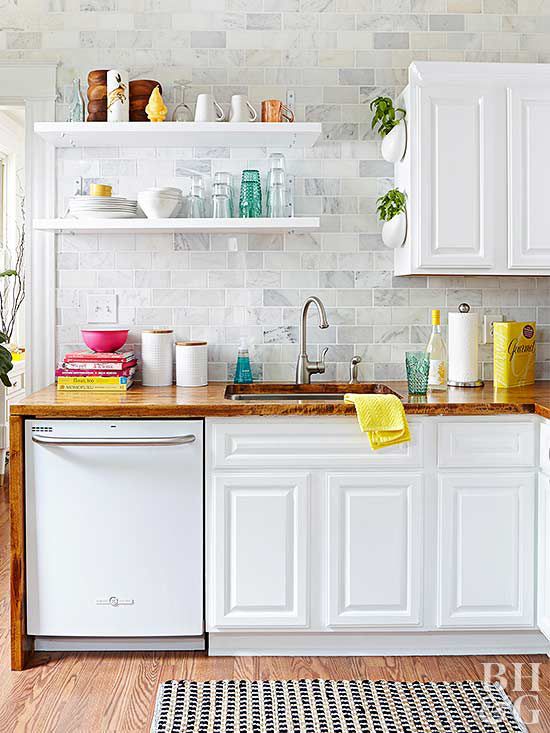7 Great Pool Shade Ideas by Joe Szabo, Scottsdale Real Estate Team
When you think of a pool, it’s natural to think of sunshine. Pools are a hallmark of the summer months, keeping families and homeowners outdoors and entertained during hot and sunny weather. For more and more pool lovers, grabbing a bit of shade is becoming a priority. Whether it’s from concern over UV exposure, a need to find some respite from the hot midday sun, or simply to avoid a sunburn, many pool owners are turning to shade solutions for their pools. Installing a shade structure over pool can deliver a range of benefits beyond UV protection and relief from the rays. Today’s shade structures can be great aesthetic additions to a pool, giving you a bit of ambiance and style. And with well-structured, large-scale permanent structures, you’ll also be adding value to your home. Let’s take a look at the seven best pool shade ideas:1. Shade Sails
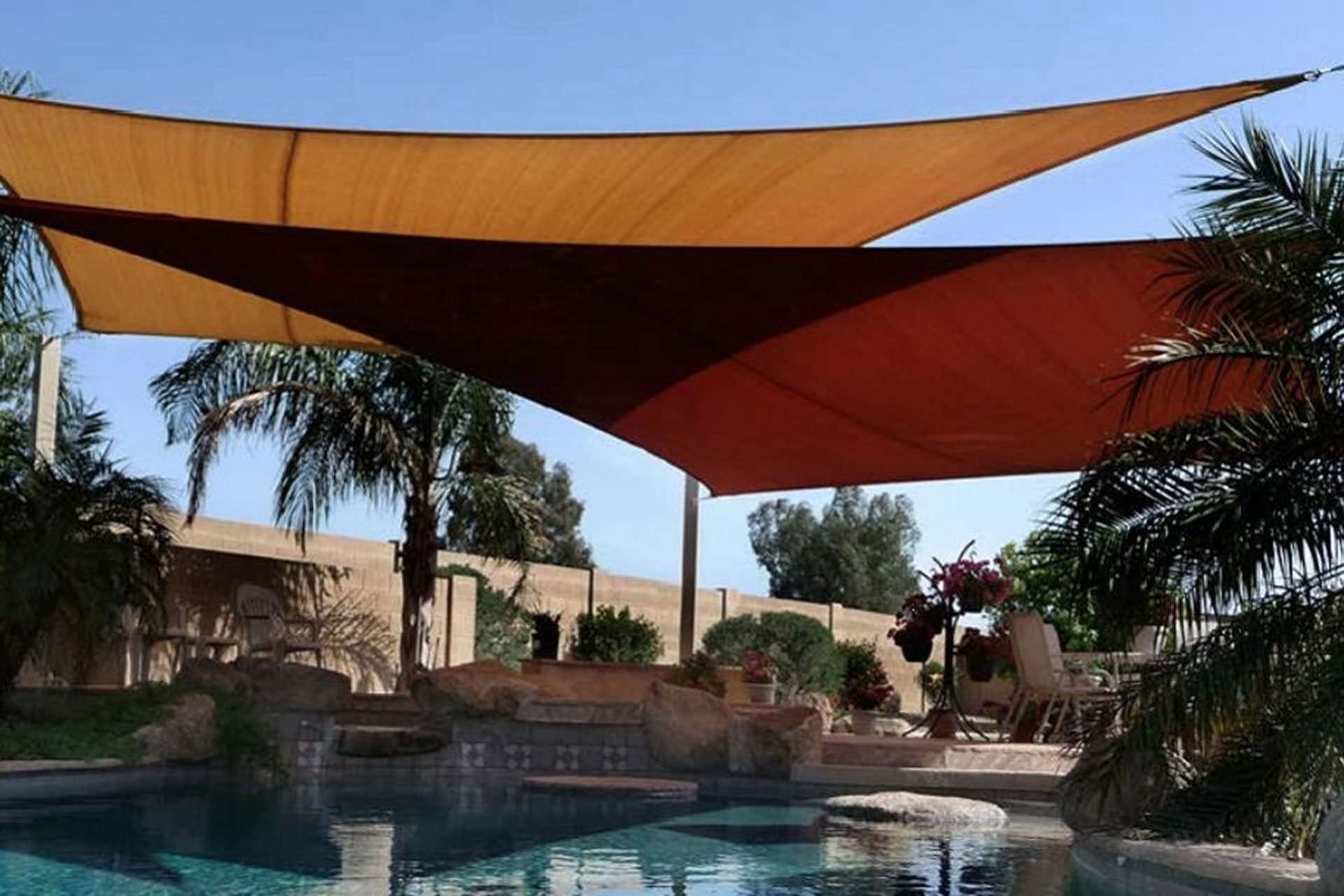
2. Pergolas

3. Retractable Shade Canopies
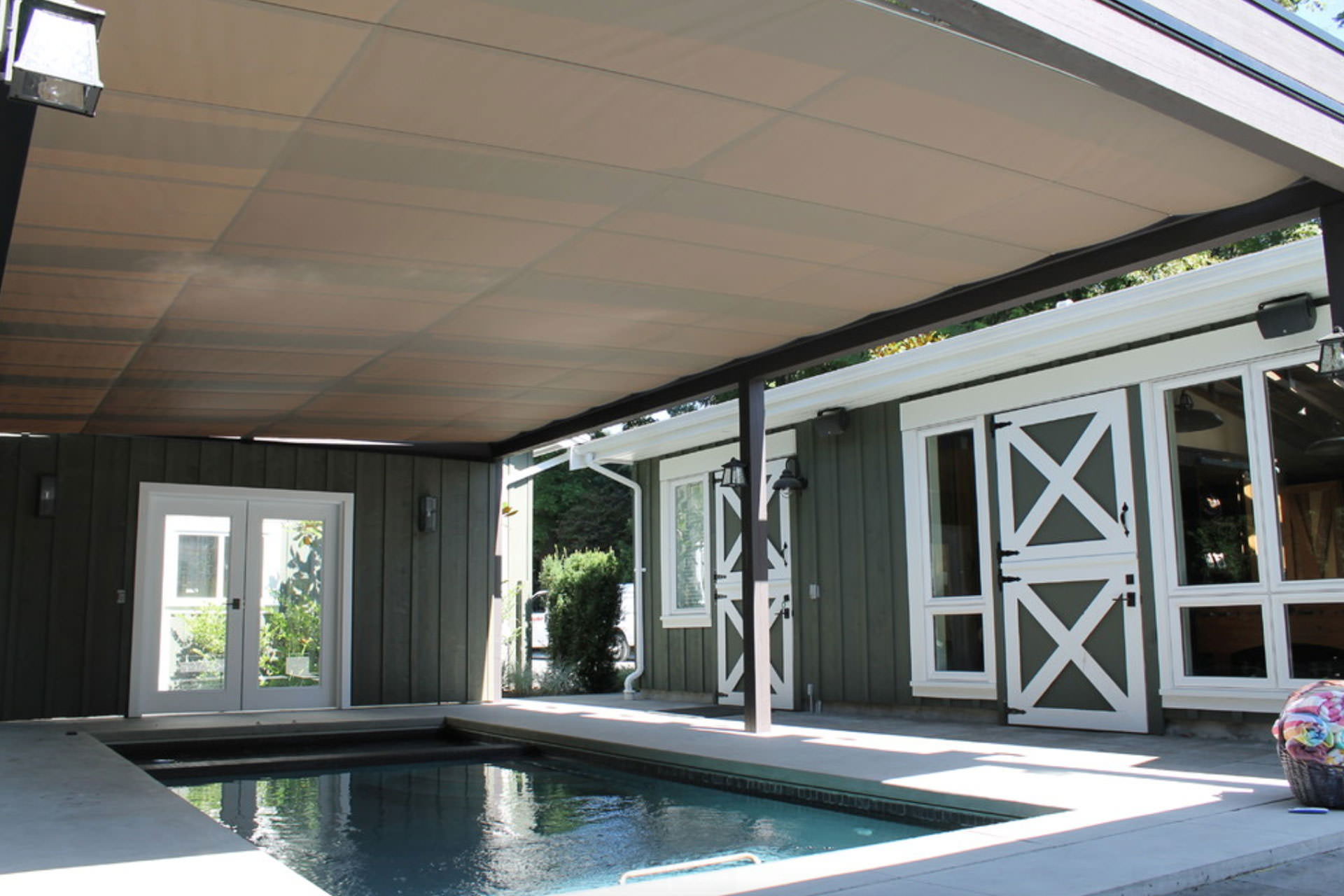

5. Cantilevers
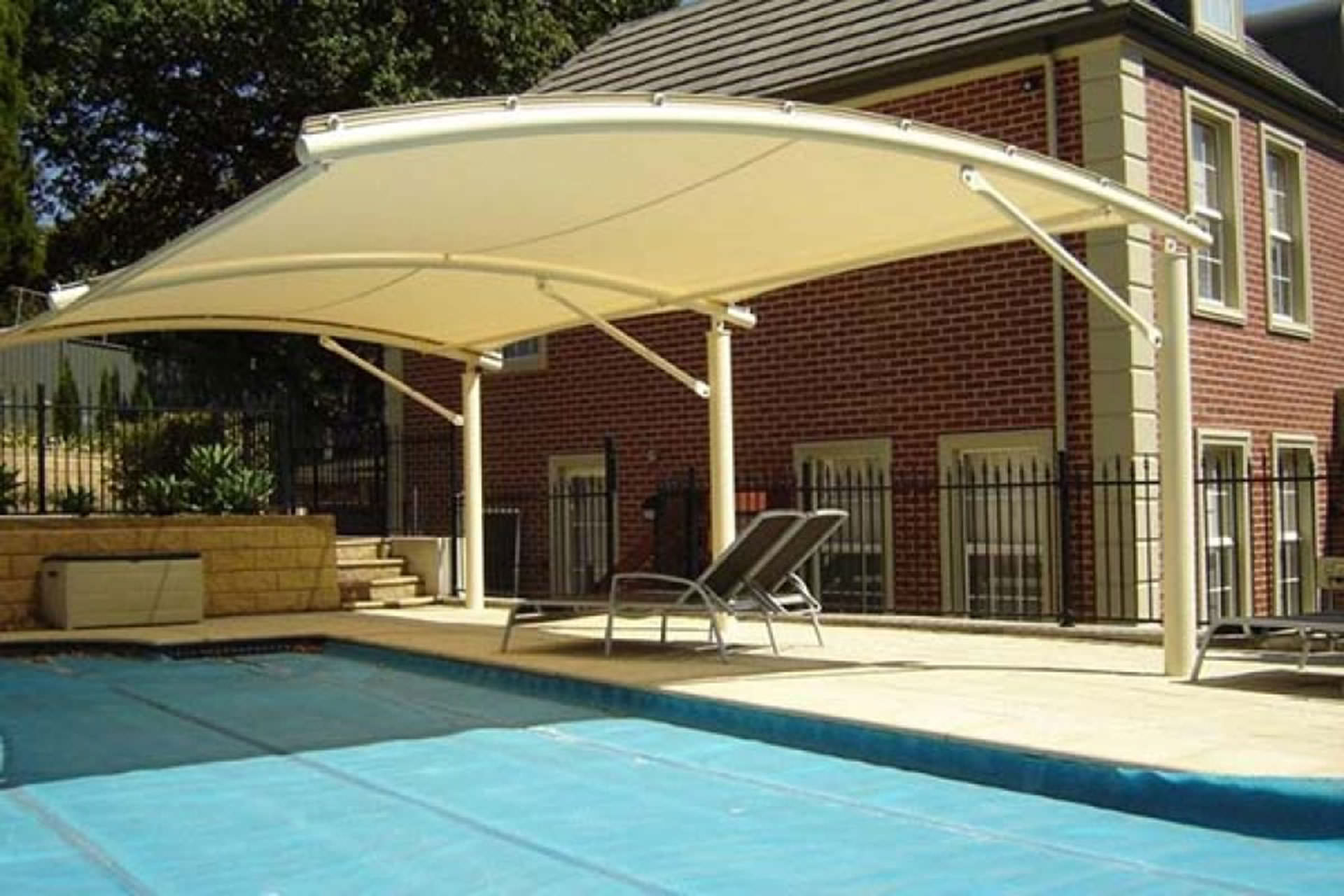
6. Retractable Enclosures
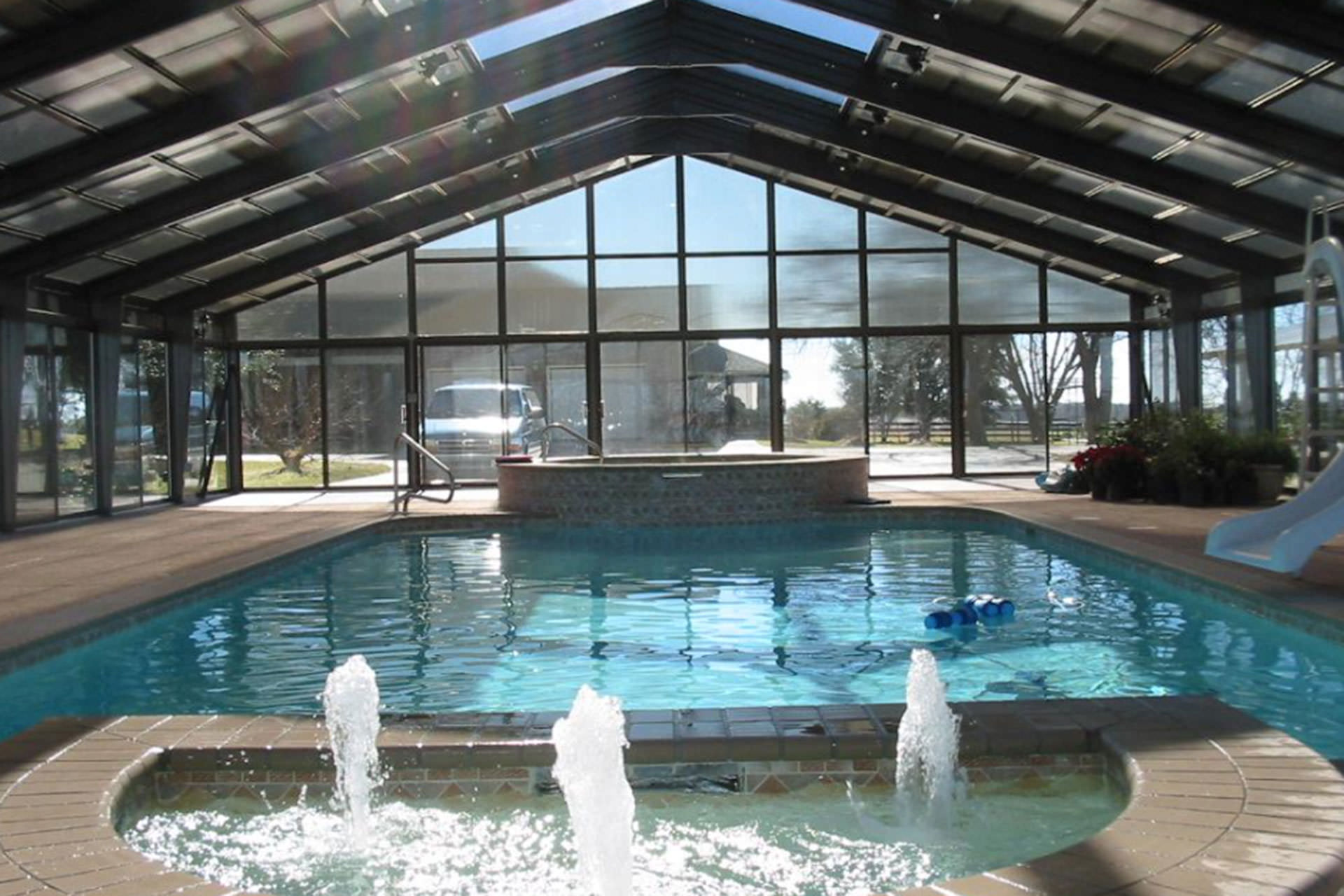
7. Poolside Freestanding Structures
